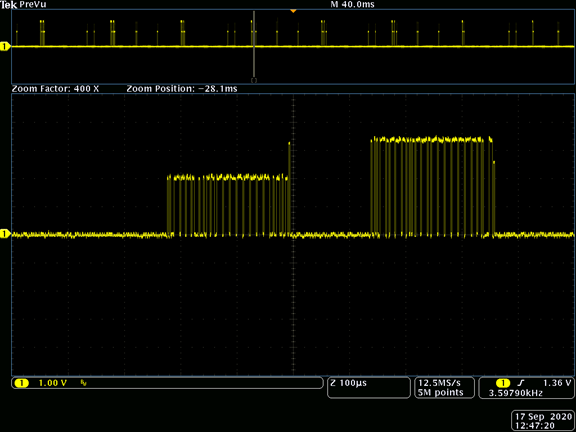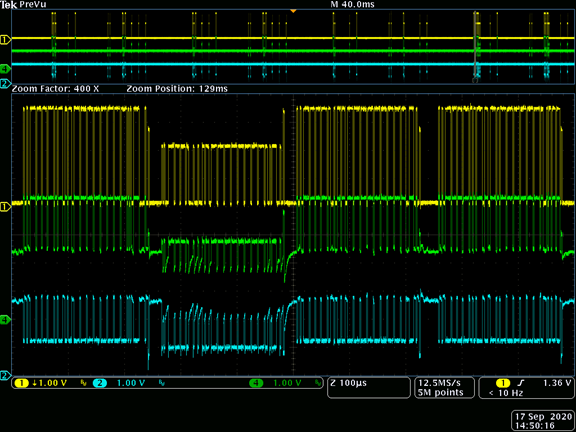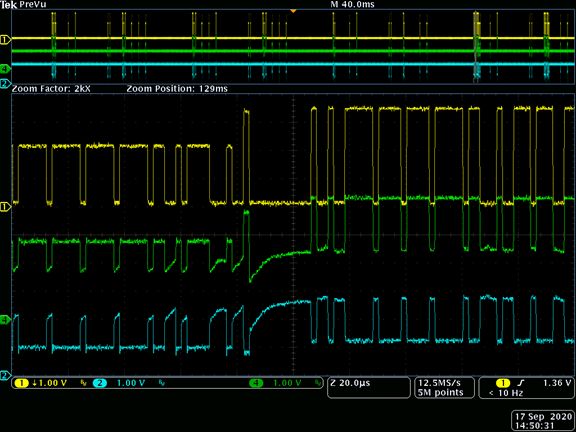Other Parts Discussed in Thread: SN65HVD256
Hi Experts:
My customer is using the SN65HVD232 and SN65HVD256 in their system for the communication between the boards. Now there is small probability to be failed connection, could you please help me to check the schematic if any potential risk , and i will do more investigation then.





